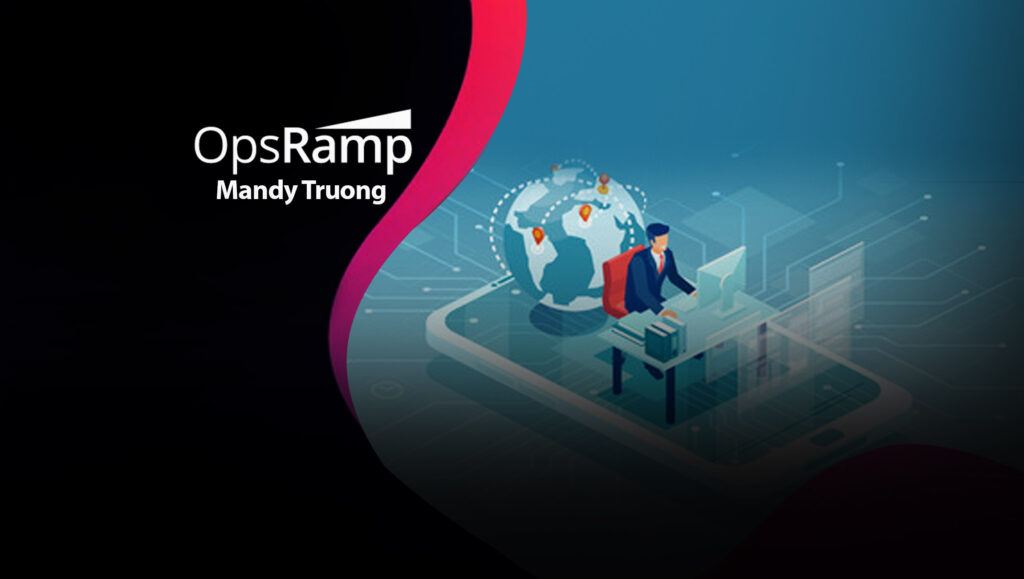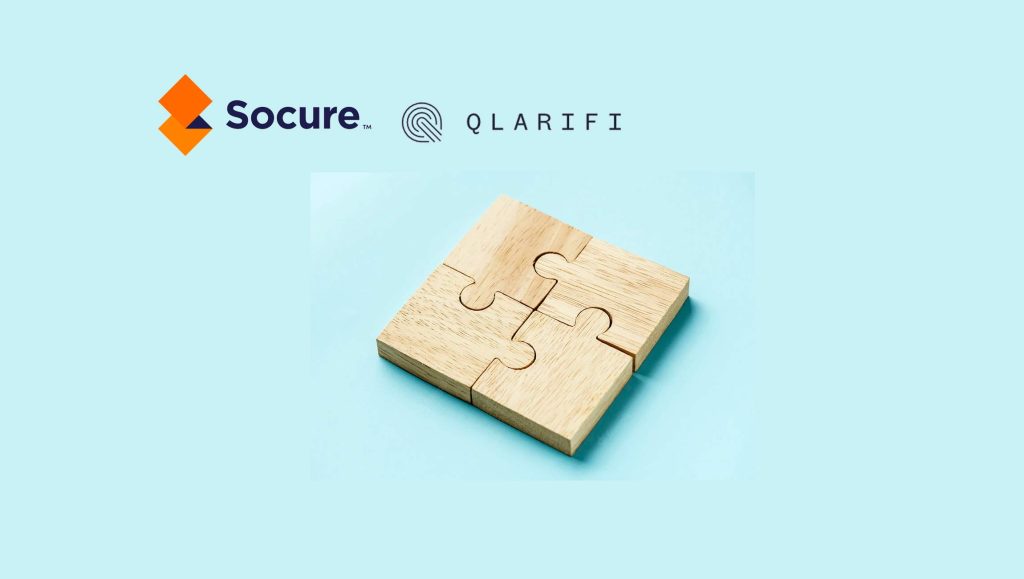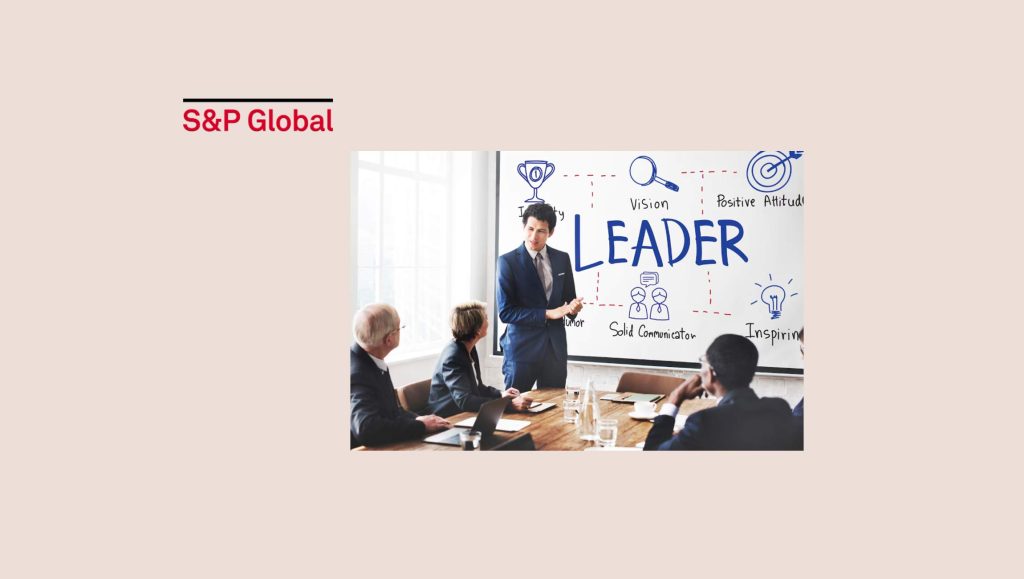Tech marketers need to keep trying new tactics for demand generation this year, as traditional physical events remain sidelined for now.
With 2021 in full swing, marketers are making their plans for recovery and business growth. Some will be more aggressive than others, depending upon the sector and the funds available. Regardless, the year 2020 will have an indelible impression on business operations for quite some time. The survivors learned to be scrappy, reprioritize on the fly and pay close attention to customer needs and motivations.
Here are learnings from two of our key programs last year that we plan to incorporate into our 2021 demand generation strategy:
Revamped webinars. In the early days of the pandemic, many companies and organizations slashed marketing budgets in the wake of dire uncertainty and widespread lockdowns. Our company, like others, canceled plans to participate in near-term trade shows only to learn that all 2020 events were soon to be canceled as well. Since the beginning of the year, we’d been conducting 45-minute webinars with our product team and partners to discuss our platform and customer pain points in IT operations.
While this approach was great for building out our video content library, we needed to adjust in order to keep our audience engaged. In April, we changed the agenda to focus on remote tech operations. Then, during the summer, we launched a new series of events that were shorter, 20 to 30 minutes long, and focusing on broader industry topics. These “RampChats,” as we called them, were an idea to attract participants based on issues that IT front liners were experiencing in the moment, versus conducting product demos. We enlisted partners and industry thought leaders to be our guests and switched from audio and slides to live video chats as video collaboration became an overnight sensation of work-from-home culture.
- Costs and ROI: Since we already had an ongoing BrightTalk subscription to host the webinars, we leveraged the platform by producing webinars weekly, at no additional cost to us. The only cost was a few hours of our staff time to prepare and conduct the webinars and then a few more hours to create and track follow-up campaigns after the event. At the end of 2020, we had attained over 1,000 leads from 25 webinars, which surpassed the goal we set in January.
- Lessons learned: Just as our company was ramping up live webinars, so was every other tech company. We found that the quality of leads had room for improvement: few of them converted into a viable MQL for our salesforce. On the positive side, expanding these events has resulted in a rich content library of product and industry videos and recordings which we can reuse in campaigns, on our blog and in our social outreach.
- 2021 action plan: This year, our marketing team is implementing new processes to improve lead quality from virtual events. We’ve now created four nurture streams (previously we had just one), segmenting prospects by job title and areas of interest as determined by our BDR team and through progressive profiling. We’ll also be putting forth more effort toward finding industry thought leaders who can be our star guests. During tough times and flush times alike, people look for leaders to guide them in decisions and toward milestones. While the topic is always important (our event on “patch management” was an unexpected winner last spring), a vibrant speaker with viral influence can boost registrations and post-event downloads.
Virtual events. In 2019, conferences and tradeshows represented a significant percentage of our lead generation outcomes. When events began going online last spring, we didn’t immediately jump onto the bandwagon – but as the months progressed, we saw that buyers were looking for connections and advice and virtual events were filling the gap. In the second half of 2020, our company purchased sponsorship packages at two major virtual events: the IDG AI and Automation conference event in September and Gartner’s annual IT Infrastructure, Operations and Cloud Strategies Conference (IOCS) in December. We had participated in these events in past years with strong results, which made the decision process simple. Still, virtual events were unchartered territory. We had to figure out how to make valuable connections with prospects and deliver quality leads to our salesforce, when there would be no physical handshakes, no people stopping by your booth for a chat, no cocktail hours for casual conversations but instead cookie-cutter “virtual booths” with scant human appeal.
- Costs and ROI: In both cases, sponsorship fees were lower than in previous years when everything was physical, yet we were still spending a healthy sum during a year in which our marketing budget had been curtailed. On the other hand, we saved on travel expenses for the handful of employees needed to staff the event, along with all of the physical booth set up costs. Both events we participated in nearly doubled the number of leads we expected to receive, much to our CEO’s delight.
- Lessons learned: Take advantage of the unique programs that large events offer to help boost networking. For instance, some virtual events developed a gamification element where visitors could collect badges at each booth and exchange them for prizes at the end of the show. We upped the ante by adding our own giveaway of Amazon gift cards which visitors automatically qualify to receive by interacting with us at our booth. This generated an uptick in prospects who downloaded our content and became leads for our BDR team to contact later. Along the same lines, we paid extra for a thought leadership program at one event. This allowed us to deliver a 45-minute session during the show on a high-level, non-promotional industry topic. That again set us apart from other companies and provided valuable content for attendees, whom continued to download the recording days after the event was over. Finally, don’t wait for people to visit your virtual booth. If you have access to contact information of attendees, sign-up your most experienced, digitally-savvy salespeople to man your booth. They can proactively reach out during the show with the right message to generate interest and ideally, meetings.
- 2021 action plan: This year, we plan to continue spending marketing budget on industry events – whether they are virtual or physical. We’ve added to our mix of strategies an online swag store hosted through Shopify. This is an easy way to incorporate the swag element back into the event scene now that everything has gone virtual. You can set a limit on how many people can use the Shopify code and share the code with your salespeople to give to prospects. They simply enter the code at the online store and the swag is shipped directly to them. Just make sure you pick something fun (and usable) for your swag gift!
Creative, digital marketing strategies will be no less important in 2021. We predict that people will be hesitant to travel like they did in 2019, at least until vaccinations have reached a certain penetration of the global population. Secondly, many may come to the conclusion that the costly and time-consuming prospect of traveling for events and meetings isn’t always necessary if goals can be achieved in a more convenient and cost-effective online forum. To that end, we are looking into holding a few smaller regional events – such as wine tastings or “master classes” on popular topics like entrepreneurialism or self-growth, footnoted by short presentations on our company. As always, content is king. Investing in high-quality product and industry assets which can help prospects gain knowledge, make decisions and learn more about your category is never a wasted dollar.
Read More : SalesTechStar Interview with Scott Lasica, Chief Sales Officer at Stream
In closing, demand gen tactics and tools keep changing. As marketers, we need to take risks and experiment with new tactics while striving for continual improvement of everything that we do. Ask for feedback from employees, survey prospects and customers and take the time to debrief after every major campaign to learn what worked, what didn’t and thank those who contributed to your results.
Customer Experience Trends are Changing as are Sales and Marketing Alignment Strategies, stay updated on the latest tactics with the SalesStar Podcast!





















